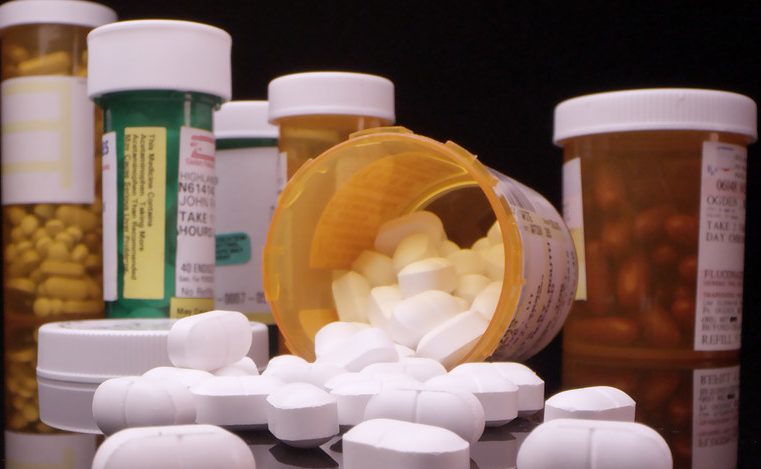 "All too often, these drugs wind up in communities where naloxone isn't readily available, where harm reduction services are restricted or underfunded," says White House drug czar Dr. Rahul Gupta.
"All too often, these drugs wind up in communities where naloxone isn't readily available, where harm reduction services are restricted or underfunded," says White House drug czar Dr. Rahul Gupta.
Drug abuse has reached record levels in the United States during the pandemic, with nearly 107,000 overdose deaths in just the past 12 months. In response, the Biden administration rolled out its first national drug control strategy late last week.
Recommended For You
Complete your profile to continue reading and get FREE access to BenefitsPRO, part of your ALM digital membership.
Your access to unlimited BenefitsPRO content isn’t changing.
Once you are an ALM digital member, you’ll receive:
- Breaking benefits news and analysis, on-site and via our newsletters and custom alerts
- Educational webcasts, white papers, and ebooks from industry thought leaders
- Critical converage of the property casualty insurance and financial advisory markets on our other ALM sites, PropertyCasualty360 and ThinkAdvisor
Already have an account? Sign In Now
© 2025 ALM Global, LLC, All Rights Reserved. Request academic re-use from www.copyright.com. All other uses, submit a request to [email protected]. For more information visit Asset & Logo Licensing.








